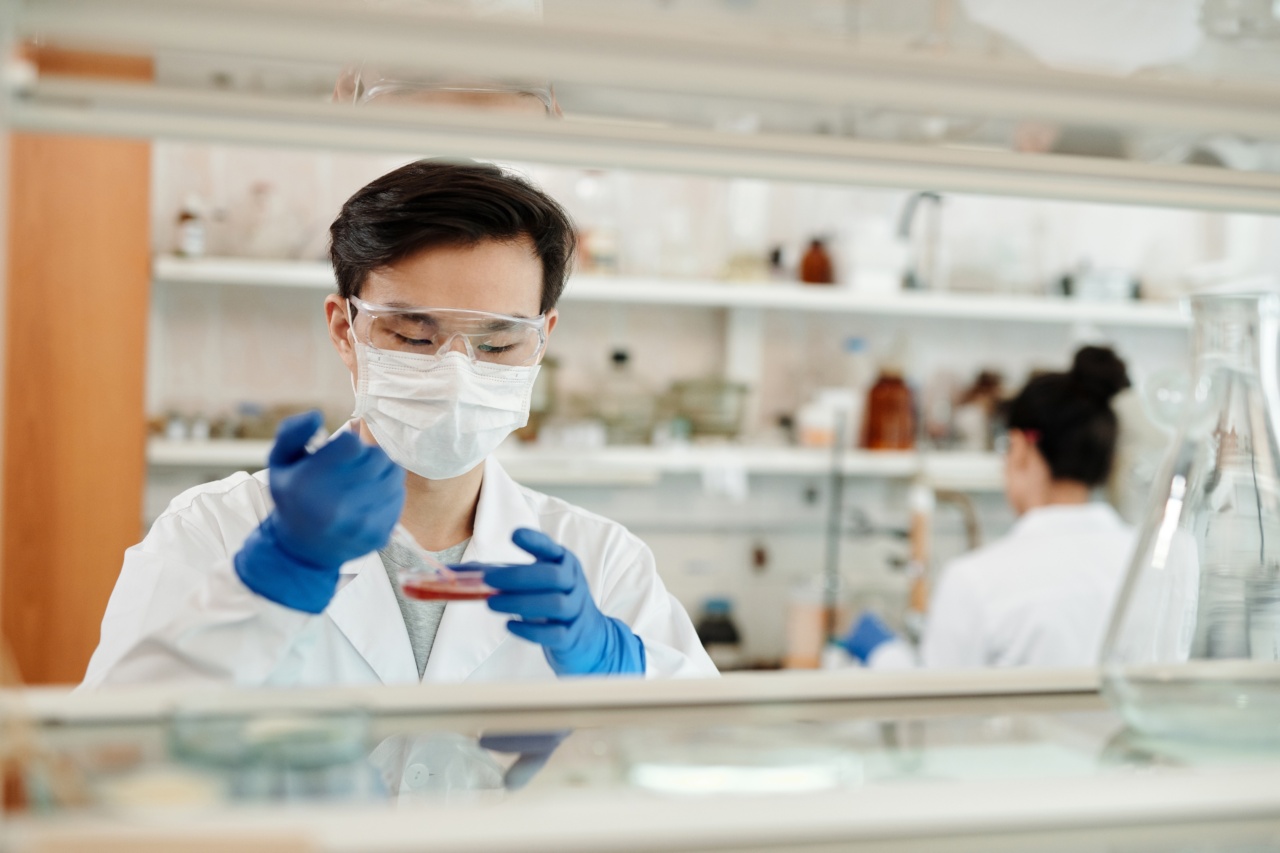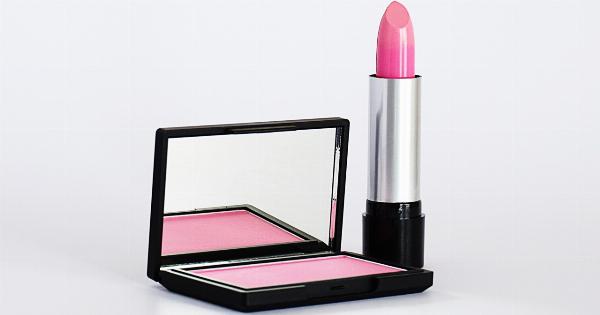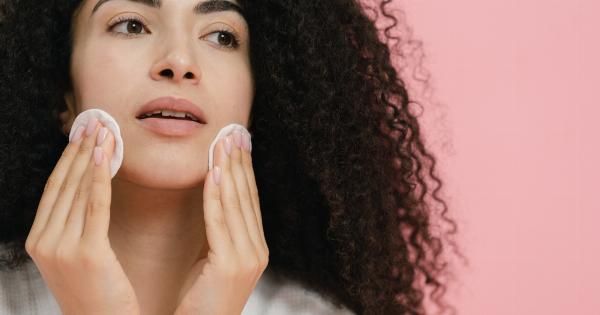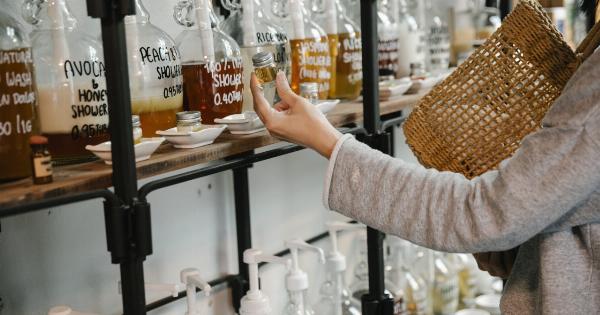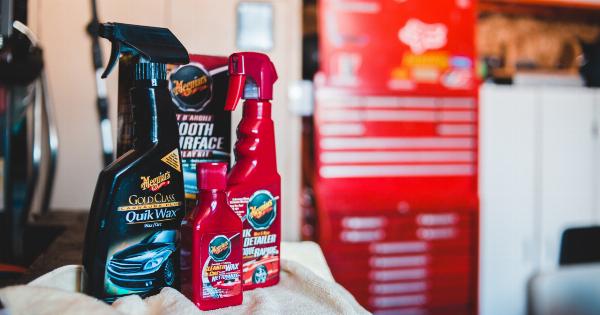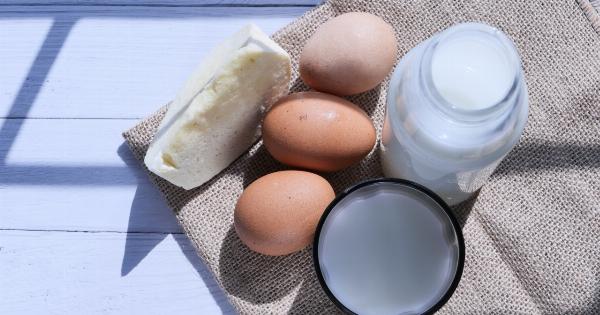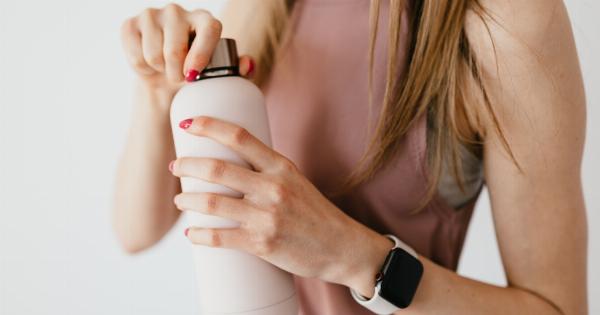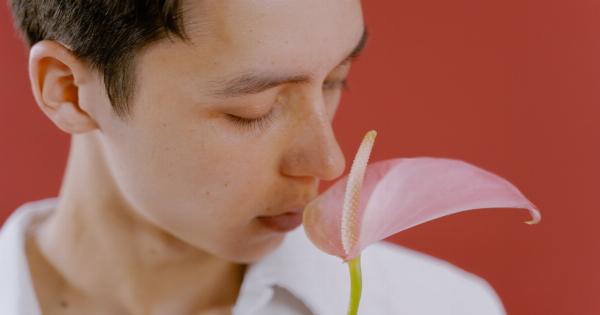Makeup is a common part of many people’s daily routine. It helps enhance our natural beauty and boosts our confidence.
However, what many people fail to realize is that their beloved makeup products can often contain harmful chemicals that can wreak havoc on their health and the environment. In this article, we will explore some of the most commonly found harmful chemicals in makeup and their potential effects on our bodies.
1. Parabens
Parabens are widely used as preservatives in cosmetics, including makeup products like foundations, lipsticks, and mascaras. They help prevent the growth of bacteria and extend the shelf life of these products.
However, studies have shown that parabens can disrupt hormonal balance and mimic estrogen in the body. This can potentially lead to reproductive issues, breast cancer, and skin irritation.
2. Phthalates
Phthalates are often used in fragrances and plasticizers to make the scent last longer and increase product flexibility. These chemicals have been linked to hormone disruption, fertility problems, and developmental issues.
They can penetrate the skin and may accumulate in the body over time.
3. Formaldehyde
Formaldehyde is a commonly used preservative in many cosmetic products, such as nail polishes, hair straightening treatments, and eyelash glues. It is a known carcinogen and can cause allergic reactions, skin irritation, and respiratory issues.
Prolonged exposure to formaldehyde has also been associated with an increased risk of cancer.
4. Lead
Lead is a toxic heavy metal that can be found in certain cosmetic products, especially those with vibrant colors like lipsticks and eyeliners.
Chronic exposure to lead can lead to neurological damage, developmental delays in children, and fertility problems. Even low levels of lead in makeup can be harmful, so it’s essential to check the ingredient list.
5. BHA and BHT
Butylated hydroxyanisole (BHA) and butylated hydroxytoluene (BHT) are synthetic antioxidants commonly used in makeup and skincare products to extend their shelf life.
While the FDA considers them safe in low concentrations, long-term exposure to these chemicals has been linked to cancer, hormonal disruption, and liver damage.
6. Mineral Oil
Mineral oil is a common ingredient in many cosmetics, including foundations, lipsticks, and moisturizers. It forms a barrier on the skin’s surface, preventing moisture loss. However, mineral oil can clog pores and potentially lead to acne breakouts.
It may also contain impurities that can be harmful when absorbed by the skin.
7. Toluene
Toluene is often used in nail polishes and hair dyes to help create a smooth application and even color. However, this chemical has been associated with reproductive damage, respiratory issues, and developmental abnormalities.
Prolonged exposure to toluene can be toxic and pose risks, especially to salon workers who frequently handle these products.
8. Synthetic Fragrances
Fragrances can be found in a wide range of beauty products, from perfumes to lotions and even makeup.
However, the term “fragrance” on the ingredient list can hide hundreds of potentially harmful chemicals, including phthalates and allergens. These artificial fragrances can cause skin irritation, allergies, and respiratory problems in sensitive individuals.
9. Oxybenzone
Oxybenzone is a common ingredient found in many sunscreens and foundations with SPF. It helps protect the skin against harmful UV rays. However, this chemical has raised concerns due to its potential hormonal disruption and allergic reactions.
It has also been linked to coral bleaching and damage to marine ecosystems when washed off into water bodies.
10. Aluminum Compounds
Aluminum compounds, such as aluminum hydrochloride or aluminum chlorohydrate, are often used in antiperspirants and some foundations to control sweat and odor.
Although the link between aluminum compounds and breast cancer is still debated, some studies have suggested a possible association. Prolonged exposure to aluminum compounds may also contribute to skin irritation and other health concerns.
Conclusion
While makeup can be an essential part of our daily self-care routine, it’s crucial to be aware of the potential harmful chemicals lurking in our cosmetic products.
From parabens and phthalates to lead and formaldehyde, these substances can have long-term effects on our health and the environment. Opting for natural, organic, or fragrance-free alternatives can help minimize exposure to these harmful chemicals. Remember, being an informed consumer is the first step towards making healthier choices for ourselves and the planet.
